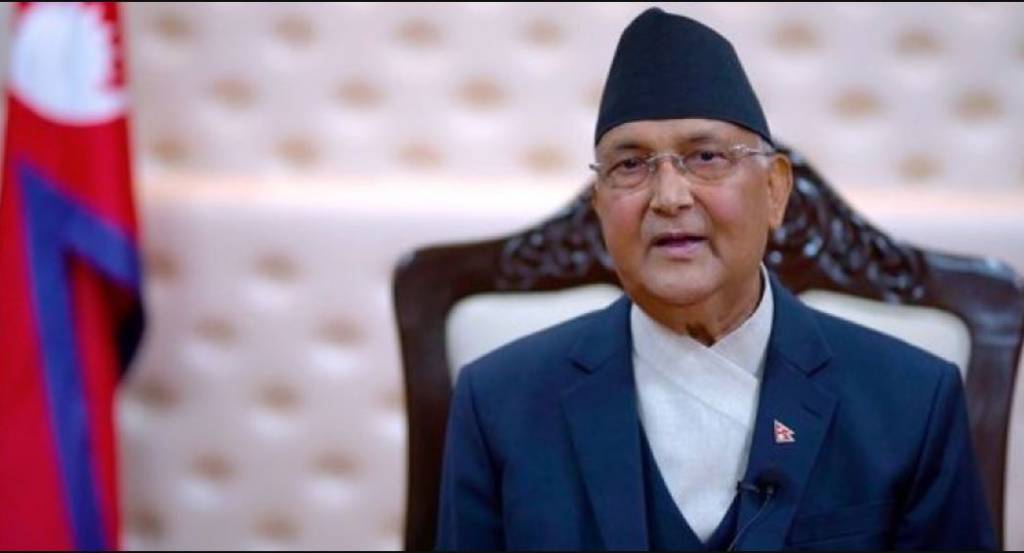“I was 16 and crossed the Nepal border to attend a marriage as it was an open border. Nepal was like our own country, if not really one, it felt like home”
This was my old man reminiscing his days when he used to frequently cross the Nepal border unhindered to visit his cousins. Two countries, ostensibly so close that those borders seem to be redundant and non-existent to the point that people think each other’s countries as their own home is what can be best summarised as Indo-Nepal relations to a greenhorn.
The two nations have a centuries-old relationship that transcends religious, cultural, and familial ties. But what ties us together more than anything is our identity, our way of life which has been instilled through our great religion and its even greater teachings—the Sanatan Dharma. An Indian Hindu and a Nepali Hindu is as close you get to an achiral image of one another.
The Himalayan landlocked country shares a border of over 1850 kilometers in the east, south, and west with five Indian States – Sikkim, West Bengal, Bihar, Uttar Pradesh, and Uttarakhand and according to a 2011 census, about 85 percent of the population of Nepal is Hindu, and up until 2007, Nepal was the only Hindu Kingdom on the planet. Nepal and Hinduism are often interchangeably used entities.
The India-Nepal Treaty of Peace and Friendship of 1950 forms the bedrock of the special relations that exist between India and Nepal. Under the provisions of this Treaty, the Nepalese citizens have enjoyed unparalleled advantages in India, availing facilities and opportunities at par with Indian citizens. Nearly 6 million Nepali citizens live and work in India.
From the Pashupatinath temple in Kathmandu to the Ram-Janaki mandir in Janakpur, the birthplace of Maa Sita, Indian Hindus have a deep-rooted connection to the Himalayan country. And so does the Nepalese Hindus who have their astral connection to Kashi Vishwanath in Varanasi to Lord Ram and his birthplace in Ayodhya.
Even Uttar Pradesh CM Yogi Adityanath and his Gorakhnath Mutt have always enjoyed a special connection and substantial following with the Hindus in Nepal and its erstwhile royal family.
Interestingly, all these holy religious places and the cities they are situated in have a sister-city arrangement. What more does anybody need as proof that we Hindus of the two nations are connected to each other like anything, keeping aside all the moral-political trivialities.
Therefore it comes as a surprise that a communist leader going by the name KP Oli, sitting in the lap of vile Chinese is doing everything possible in the book to tarnish the relations to a point of no comeback.
As mentioned, Nepal was not a communist country, it was a Hindu kingdom but its transition to a secular country is a rather recent phenomenon that came at the cost of a hardcore leftist Unified Communist Party of Nepal-Maoist joining the Nepalese politics after a decade long insurgency which caused all sorts of mayhem in the country.
This transition was aided by UPA which let these Maoist and communists take the political centre stage and the reason the relations between India and Nepal stand at crossroads at the moment can be attributed to the chain of events that started long back during the UPA regime.
The politics of the matter has long been covered but this letter is a heart-to-heart to the Hindus of both nations. We might have momentarily forgotten our identities but there is always a chance to look over the shoulder and reflect what we have become and what we want to be in the future.
From being the only Hindu Kingdom in the world to birthplace of Buddha in Lumbini to close bonds through marriages and familial ties, popularly known as Roti-Beti ka Rishta, we have been through thick and thin but what is transpiring now in Nepal is unfortunate, to say the least.
None of us want this friction and attributing all the Nepalese for the current predicament will be a gross injustice. It is the communists, the liberals who are serving as Chinese stooges and pushing their propaganda. Nepalese Hindus just like their counterpart Indian Hindus have been rendered voiceless.
But now is the time to rise to save civilization and the soul of a country. Sanatan Dharma is the soul of Nepal and no matter how many Olis come, one cannot kill the soul of a country. This letter is a reminder that no matter what happens in the political arena, you cannot separate India and Nepal, there is something far more powerful in the work that binds us together and that is our pride in being called a Hindu.
This letter is written with the hope that the way my old man once crossed the border to visit his relatives, his son also visits the Himalayan nation and sees how closely knit we all are and calls it his home too.
A proud Sanatani
